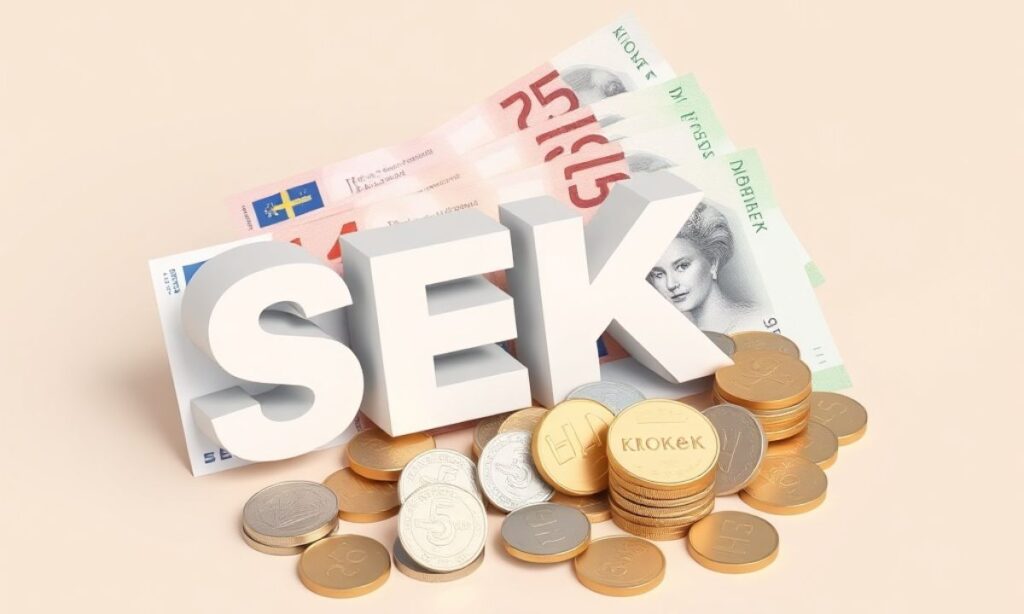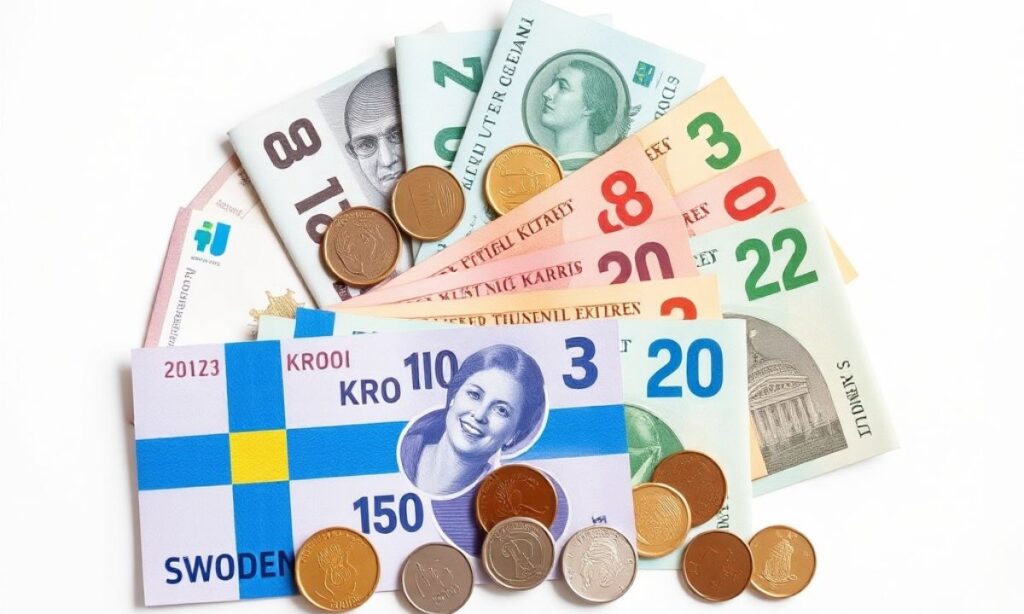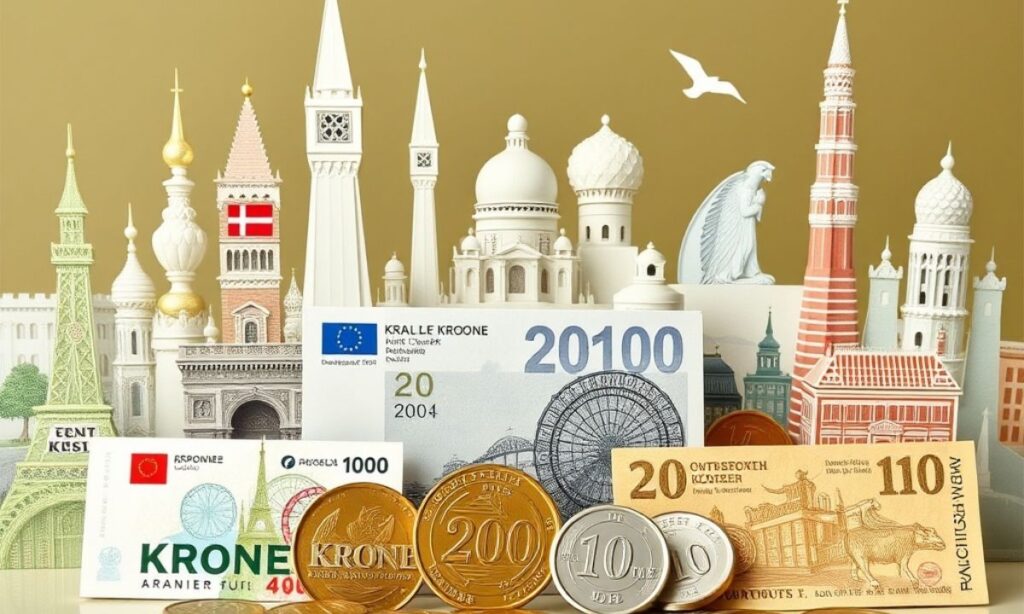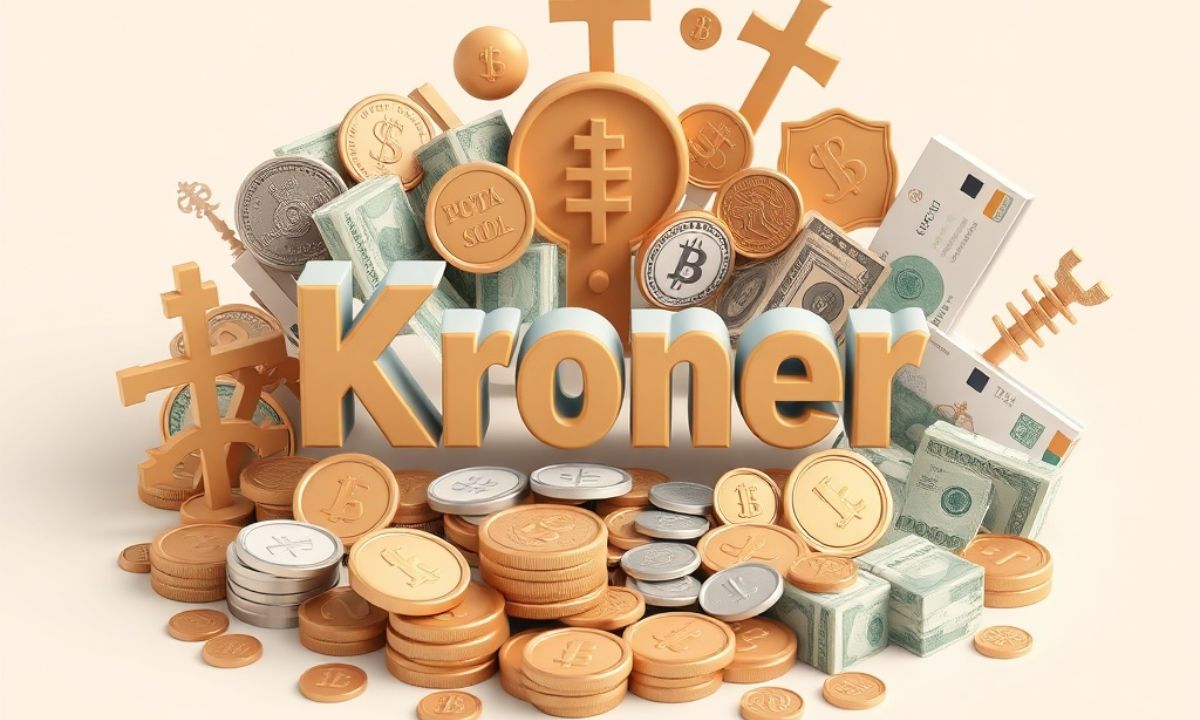So, what is kroner? It is the term used for the currency systems in Denmark, Norway, and Sweden, and it comes from the word “krone.” Beyond money, the word carries cultural and linguistic weight, making it more than just a financial label.
Language is a dynamic tool that shifts with culture, economy, and society. Two terms that exemplify this evolution are “kroner” and “hiatus.” While kroner connects to currency and identity, hiatus appears in media, language, and daily use. This article explores their meanings, uses, and alternatives to give readers a clear and modern perspective.
Part 1: “Kroner” – Currency and Beyond
The word “Kroner” refers to several Scandinavian currencies. It carries both economic and cultural importance.
Definition and Origin
The term “Krone” means “crown” in Scandinavian languages, symbolizing royalty and national strength. It was adopted to represent the monetary unit in Denmark, Norway, and Sweden. The origin dates back to the 19th century, when these countries sought a unified and modern currency system. The crown as a symbol reflects heritage and sovereignty.
Over time, the word gained prominence as each country maintained its own form of “crown” currency. Though the spelling may differ slightly, the core meaning remains the same. This shows the strong link between tradition and economy. It is not just money but also a mark of national pride.
Thus, the Krone became more than a financial term; it became a cultural emblem. The name continues to remind citizens of their history and identity. It bridges the past with the present economy.
Danish Krone (DKK)
The Danish Krone (DKK) is the official currency of Denmark. It was introduced in 1875 when Denmark joined the Scandinavian Monetary Union. Although the union later dissolved, Denmark retained its Krone. The currency is stable and remains tied to the Euro through a fixed exchange rate policy.
Denmark uses the Krone in both everyday trade and international business. Its coins and notes often feature Danish royalty and cultural symbols, strengthening its identity. Despite being part of the European Union, Denmark opted out of adopting the Euro, keeping the Krone as a sign of independence.
Today, the DKK reflects economic stability and strong national values. It shows how Denmark values its heritage while staying engaged with global markets. The currency stands as a bridge between tradition and modernity.
Norwegian Krone (NOK)
The Norwegian Krone (NOK) was introduced in 1875, just like Denmark, under the Scandinavian Monetary Union. After the union’s end, Norway continued with its own Krone. The NOK reflects the strength of Norway’s economy, especially due to its rich oil and energy resources.
The Krone plays a key role in international trade, particularly in energy exports. Its value often rises and falls with oil prices, showing its global influence. Norway’s central bank ensures its stability, maintaining trust among citizens and investors.
The NOK represents not only money but also Norway’s natural wealth and economic resilience. It is a symbol of both independence and strong international presence. This makes the Norwegian Krone a vital part of the country’s identity.
Swedish Krona (SEK)
The Swedish Krona (SEK) became the official currency in 1873, during the Scandinavian Monetary Union. Like its neighbors, Sweden retained the Krona even after the union dissolved. It has since evolved into one of the most traded currencies worldwide.

The SEK reflects Sweden’s industrial strength and innovative economy. It is widely used in global markets, showing Sweden’s role in technology and trade. The currency’s design often highlights Swedish kings and cultural motifs, tying money to national heritage.
Today, the Swedish Krona remains a symbol of stability and pride. Although Sweden is part of the European Union, it has chosen not to adopt the Euro. Keeping the Krona demonstrates Sweden’s commitment to its economic independence.
“Kroner” in Slang
Beyond finance, the term “Kroner” is sometimes used in slang or casual talk. In some contexts, it simply means “cash” or “money”, much like how people say “bucks” or “quid.” This shows how deeply the term is embedded in everyday language and culture.
In Scandinavian countries, people may casually refer to a small amount as “a few Kroner.” This reflects its role in daily life, beyond formal banking or trade. The word becomes part of social interaction, connecting people through a shared understanding.
In informal contexts, “kroner” is often used to casually mean money in Scandinavian countries. It reflects everyday talk about spending and lifestyle.
“For real, I’m broke—got no kroner left for the weekend.”
“Saving up some kroner for my next trip abroad!”
“Dropping kroner on gadgets like there’s no tomorrow.”
Part 2: “Hiatus” – Meaning, Usage, and Alternatives
The word “Hiatus” is often used in language, media, and everyday talk. It signals a pause, break, or gap in activity. Knowing its meaning helps in both formal and casual communication.
Definition
A hiatus means a temporary pause or interruption in work, activity, or progress. It does not mean something is over but simply on a break. This word is common in academic, creative, and professional settings.
The term comes from the Latin root “hiare,” meaning “to gape” or “to open.” It suggests an empty space or a gap in time. In modern English, it reflects a planned or natural pause in flow.
Usage in Different Contexts
The word hiatus is used in many fields with slightly different meanings. It can describe a pause in daily life, science, or entertainment. Its flexibility makes it a versatile term in language.
General Use
In general use, a hiatus means taking a break from work, study, or routine. People use it to explain rest, pause, or a temporary stop. It does not mean quitting, only stepping back for a while.
- “The band is making an album again after a five-year hiatus.”
- “She returned to school after a long hiatus.”
Anatomy
In anatomy, a hiatus refers to a natural opening or gap in a body structure. It allows important organs or vessels to pass through. Doctors often use this term in medical contexts.
- Esophageal hiatus: An opening in the diaphragm through which the esophagus passes.
- Hiatus of the maxillary sinus: A gap connecting the sinus to the nasal cavity.
Linguistics
In linguistics, a hiatus is the meeting of two vowel sounds without a consonant in between. It creates a distinct pause in pronunciation. This is common in many languages and poetry.
- “Cooperate” has a hiatus between the two vowels “o” and “o.”
- “Idea” has a hiatus between “e” and “a.”
Television
In television, a hiatus means a break in broadcasting or production. Shows may pause between seasons or during special events. It signals a temporary stop, not cancellation.
- “The series went on hiatus before the next season aired.”
- “The show is on summer hiatus and will return in the fall.”
Alternatives to “Hiatus”

The word hiatus has many alternatives depending on context. Some sound more formal, professional, or casual.
Formal Alternatives
In formal writing, words like intermission or suspension are often used. They suggest an official or serious pause.
- Example: “The court announced an intermission during the trial.”
Another strong option is adjournment, used in legal or academic settings. It reflects a planned break.
- Example: “The meeting was adjourned until next Monday.”
The word moratorium is also formal, meaning a temporary ban or pause. It shows authority in decisions.
- Example: “The government declared a moratorium on new projects.”
Cessation can replace hiatus when describing a complete stop for a period. It emphasizes formality.
- Example: “There was a cessation of talks between the two countries.”
Professional Alternatives
In workplace or business use, pause is simple yet effective. It conveys a short and professional break.
- Example: “The project is on pause until further funding arrives.”
The word sabbatical is common in education and research. It means a long, planned leave.
- Example: “She took a sabbatical year to focus on research.”
Break works well in offices, showing a temporary rest from duties. It is professional yet easy.
- Example: “The team took a short break after the presentation.”
Another option is interval, often used in events or work cycles. It means a time gap between tasks.
- Example: “There was a short interval before the next session.”
Casual Alternatives
In casual talk, time off is a common phrase. It is simple and friendly in tone.
- Example: “I’m taking some time off this weekend.”
The word gap is often used informally to describe a missing period. It feels natural in speech.
- Example: “He had a gap in his studies before joining college.”
Break is one of the most casual and familiar terms. People use it in everyday conversations.
- Example: “Let’s take a break and grab coffee.”
The phrase downtime is relaxed and modern. It means a rest period in daily life.
- Example: “I enjoy some downtime after work.”
Part3: Kroner in Global and Cultural Contexts

The term Kroner has both global and cultural importance. It appears in finance, language, and even technical fields.
Currency and Global Use
The Kroner is widely recognized in international trade. It shows the strong role of Scandinavian countries in global markets.
- Danish Krone (DKK) is tied to the Euro.
- Norwegian Krone (NOK) is linked to oil exports.
- Swedish Krona (SEK) is globally traded.
- These currencies reflect economic independence.
- Together, they show the strength of Nordic economies.
Kroner Meaning in English and Slang
In English, Kroner directly means “crowns” or currency units. It is often translated simply as money.
- People may say “a few Kroner” like “a few bucks.”
- Used casually, it means cash in hand.
- Shows cultural ties to daily spending.
- Works like slang terms in other languages.
- Reflects how formal words enter everyday talk.
Kroner in Electrical and Film Settings
The word Kroner sometimes appears in technical fields. In electrical settings, it may connect to equipment brands or tools.In film, it can appear in character names or titles. This shows how the word travels beyond currency and slang.
The “Kroner Tape” Meaning Explained
The phrase “Kroner Tape” is found in some technical and industrial uses. It usually refers to adhesive or special tape brands.
Its meaning is not linked to money but to practical applications. It highlights how one word can gain different uses.
What Does Kronos Mean? Myth and Pop Culture
The word Kronos comes from Greek mythology. He was the god of time and father of many Olympian gods.
In pop culture, Kronos is used in movies, comics, and games. It symbolizes power, time, and destiny.
Kronos is seen in films like The Incredibles and many fantasy stories. It represents mythical strength and timeless fear.
The name connects ancient myth with modern creativity. It stays alive through pop culture references.
Krone, Krona, Kronos: Similar Words, Different Meanings
Krone meaning – Currency in Denmark and Norway (singular of kroner).
Krona meaning – Currency in Sweden, used in trade and markets.
Kronos meaning – A mythological god of time in Greek legend.
Krone in German – Means crown in cultural or royal settings.
Pop Culture References – Kronos in The Incredibles & more.
Conclusion
The journey of Kroner and its related terms shows how one word can hold many meanings across cultures, economies, and languages. From its role as a currency symbol in Scandinavia to its use in casual slang, it carries both practical and cultural weight.
These variations remind us how language and money reflect heritage and identity.At the same time, exploring words like Kronos and Krone reveals the depth of history, mythology, and pop culture influence.
Each term holds a unique place in shaping how people view time, value, and tradition. Together, they show the richness of words that connect past and present, uniting economics, culture, and myth.

Muhammad Shoaib is a seasoned content creator with 10 years of experience specializing in Meaning and Caption blogs. He is the driving force behind ExactWordMeaning.com, where he shares insightful, clear, and engaging explanations of words, phrases, and captions.











